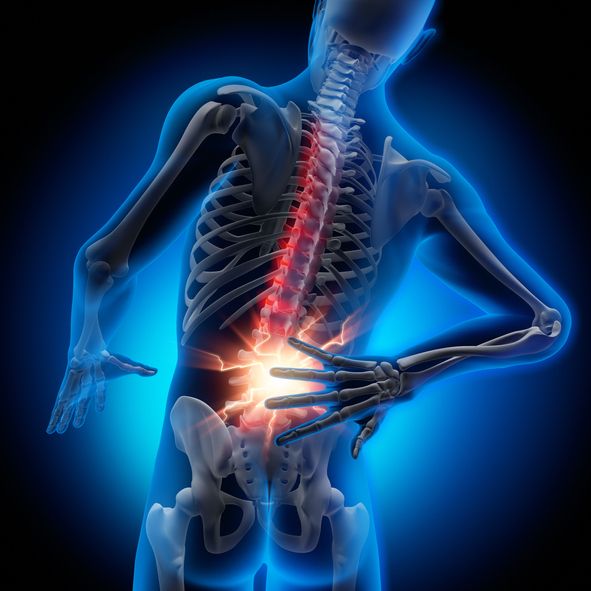
What Causes Lower Back Pain?
Lower back pain can come from a variety of sources, such as:
● Problems in the lumbar spine: Issues with the vertebrae or discs in the lower back.
● Muscle stress: Overworked or inflamed muscles from poor posture, overexertion, or stress.
● Nerve compression: Commonly brought on by a herniated disc continuing neighboring nerves.
● Internal organ concerns: Pain referred from organs in the pelvic or stomach.
If your pain is extreme, sticks around regardless of rest, or features signs like leg pain, feeling numb, weak point, or inexplicable weight-loss, it's crucial to see a medical professional.
How Ayurveda Can Help
Ayurveda, with its holistic and reliable solutions, uses natural services for dealing with lower neck and back pain. Here are some therapies that can help:
● Kati Basti: This involves using warm, medicated oil straight to the lower back. The heat and oil work together to relieve stiffness, promote blood circulation, and relieve pain.
● Elakizhi: Medicated natural leaves are used in a hot compress to relieve muscle tension and promote recovery.
● Panchakarma (Basti): This treatment utilizes a medicated enema to soothe Vata dosha (one of the body's energy types). Vata imbalance is ayurveda migraine treatment typically connected to neck and back pain, and Basti helps restore balance, lower swelling, and prevent recurrence.
Acupuncture for Pain Relief
Acupuncture is another effective method to manage back pain. By
placing great needles into specific points on the body, acupuncture:
● Stimulates the release of endorphins, the body's natural painkiller.
● Improves blood circulation and decreases inflammation in the afflicted location.
● Works hand-in-hand with Ayurveda to use a well-rounded and reliable pain management service.
Yoga for Long-Term Relief
Yoga complements Ayurveda and Acupuncture, supplying a way to manage pain daily. It helps by:
● Stretching and strengthening the muscles: Yoga presents can help improve versatility and ease tension in the back.
● Breathing workouts and meditation: These practices soothe the mind, reduce tension, and support your body's natural healing procedure.
While yoga alone might not entirely get rid of the underlying causes of lower pain in the back, it can considerably reduce pain and help preserve a healthy, pain-free back over time.
A Holistic Approach for Lasting Relief
By integrating Ayurveda, Yoga, and Acupuncture, you're not just dealing with the symptoms-- you're resolving the root causes of lower pain in the back. These therapies interact to balance the mind and body, offering a more natural and detailed solution to pain relief. With this integrative method, you can find not only physical relief however also a higher sense of well-being and balance in your life.
If you're searching for a long-lasting, holistic way to handle your lower back pain, these treatments could be the response.